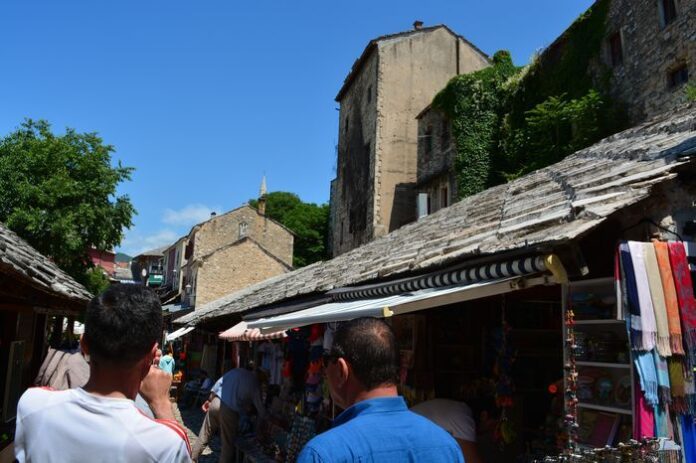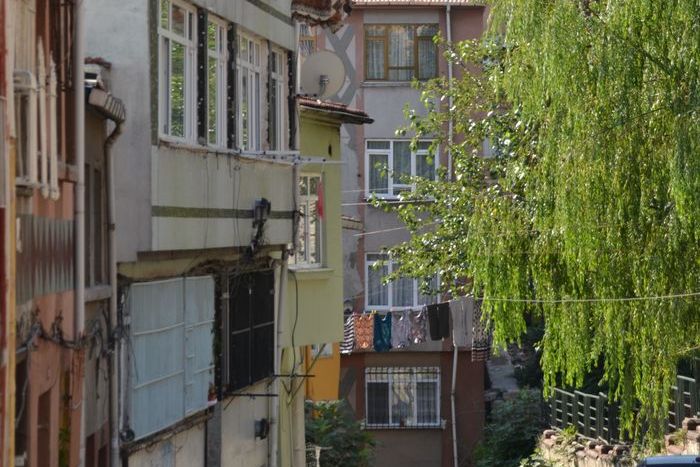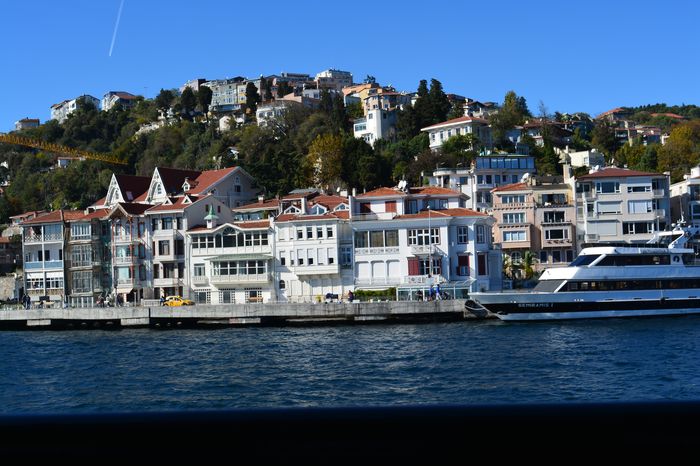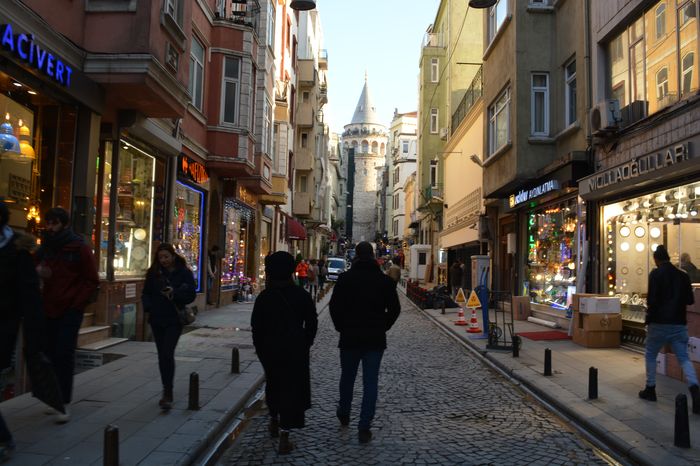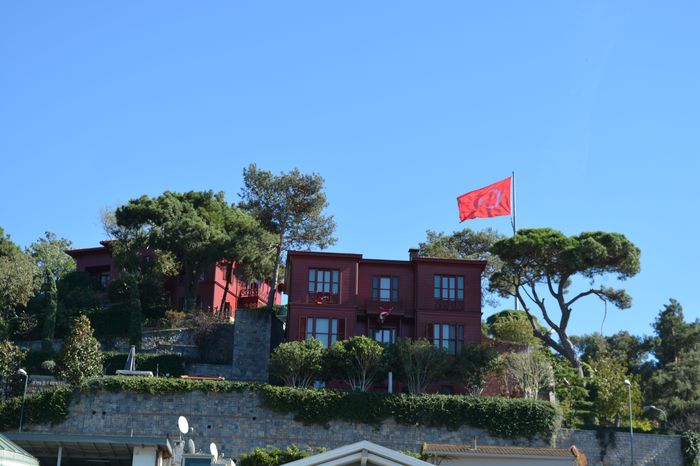After the Latin Empire took control of Constantinople in 1204, Baldwin II, the last Latin emperor, made the Palace of Blachernae his official residence. However, he did not take good care of it. When the Byzantines recaptured the city in 1261, Emperor Michael VIII Palaiologos found the palace in such a filthy and damaged state that it had to be completely cleaned and renovated before it could be used again.
A Royal Residence of the Palaiologos Dynasty
During the Palaiologan period (1261–1453), the Palace of Blachernae became the main residence of the Byzantine court. It was from this palace that the last Byzantine emperor, Constantine XI Palaiologos, rode out to meet his death during the final defense of Constantinople in 1453. This tragic moment has been described as the emperor departing “in the winding-sheet of his empire.”
Descriptions of Splendor and Wealth
All historical descriptions agree that the Palace of Blachernae was incredibly magnificent. Foreign visitors were amazed by what they saw and often said that words could not describe its beauty and wealth. The outside of the palace was considered one of the most beautiful buildings ever seen. Inside, the halls and rooms were lavishly decorated with:
Gold, Colored mosaics, Fine marbles, Beautiful columns, Precious jewels
The craftsmanship was so excellent that no other palace in the world seemed to match it in elegance and luxury Guided Tours Turkey.
An Ideal Location
The palace was built on a partly artificial hill, designed to give it a solid platform and a panoramic view. From the palace, one could see the Golden Horn, the city, and the countryside beyond the city walls. The historian Odo of Deuil described it perfectly, saying it offered a “triple delight” to its residents: the sea, the plains, and the city The Palace of Blachernae.
Religious and Practical Importance
The palace was located very close to the famous Church of the Theotokos of Blachernae, one of the most sacred Christian sites in Constantinople. This spiritual connection added to the palace’s prestige. Also, the palace’s location made it easy for the emperor and nobles to reach the countryside for hunting, a popular pastime among the Byzantine elite.
Defensive Strength and the Fortress of Blachernae
The palace was protected within a fortified enclosure known as the Castellion of Blachernae. This small stronghold was part of the defensive walls on the western side of the Sixth Hill. In Byzantine texts, it is often called “the imperial fortress” (Greek: τὸ βασίλεια φρούριον), also known as the “Castellion.” These strong defenses made the palace both a safe residence and a strategic location.
In its final centuries, the Palace of Blachernae stood as a symbol of Byzantine tradition, culture, and resilience. Though it declined during the Latin occupation, it once again became the heart of imperial power under the Palaiologos emperors. Its beauty, religious ties, and military strength made it one of the most important and admired landmarks of medieval Constantinople.
